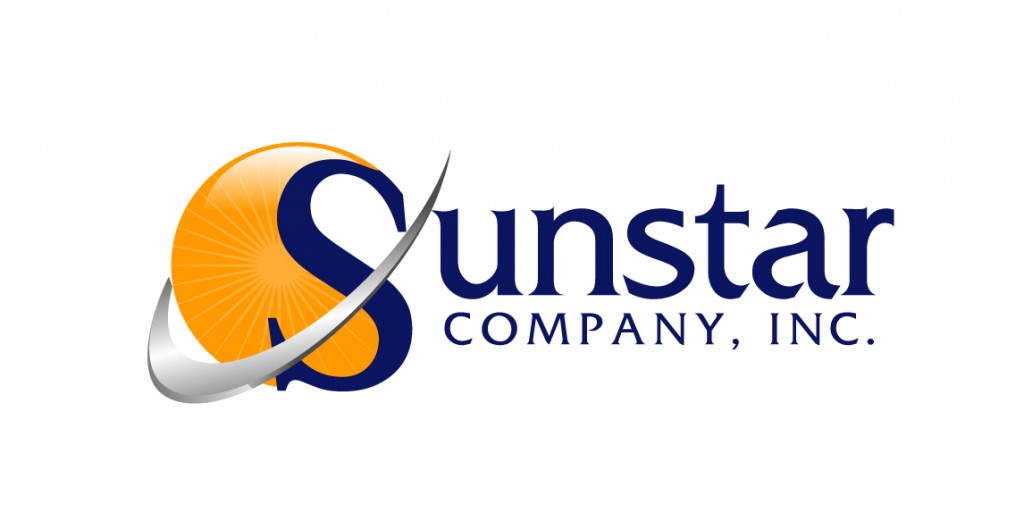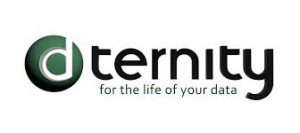LTFS has impacted tape’s modern role in data storage. But, what is LTFS? And more importantly, why does it matter? LTFS Facts
Linear Tape File System (LTFS) refers to both the format of data recorded on magnetic tape media and the implementation of specific software that uses this data format to provide a file system interface to data stored on magnetic tape.
The Linear Tape File System format is a self-describing tape format developed by IBM to address tape archive requirements. The LTFS Format specification, which was adopted by the LTO Technology Provider Companies, defines the organization of data and metadata on tape – files stored in hierarchical directory structure.
Most important: Data tapes written in the LTFS Format can be used independently of any external database or storage system allowing direct access to file content data and file metadata. This format makes it possible to implement software that presents a standard file system view of the data stored in the tape media. This file system view makes accessing files stored on the LTFS formatted media similar to accessing files stored on other forms of storage media such as disk or removable flash drives.
The Linear Tape File System format is an open description of the layout of data-structures stored on a sequential-access media. These data-structures hold the file content data and associated file metadata.
Data media, such as LTO data tape, written using this format can be exchanged between systems that understand the Linear Tape File System format. Software systems that understand the format can provide users with a file system view of the media. Software systems may alternatively understand the format only to the degree that allows the system to read data from the media, or produce a tape that can be accepted by other systems that implement the Linear Tape File System format.
Take advantage of LTS, utilize the StrongBox from Crossroads
To learn more about LTFS, Contact sales at Sunstarco.com or call ![]()
![]()
![]()
![]()
![]()
![]() 310.330.2900
310.330.2900


